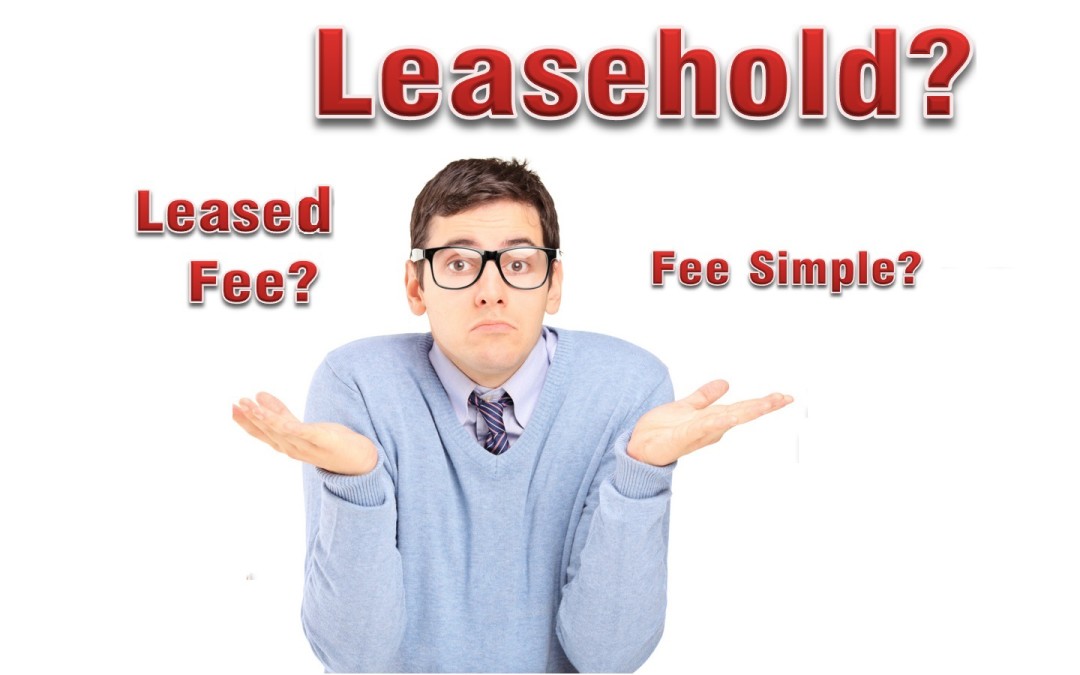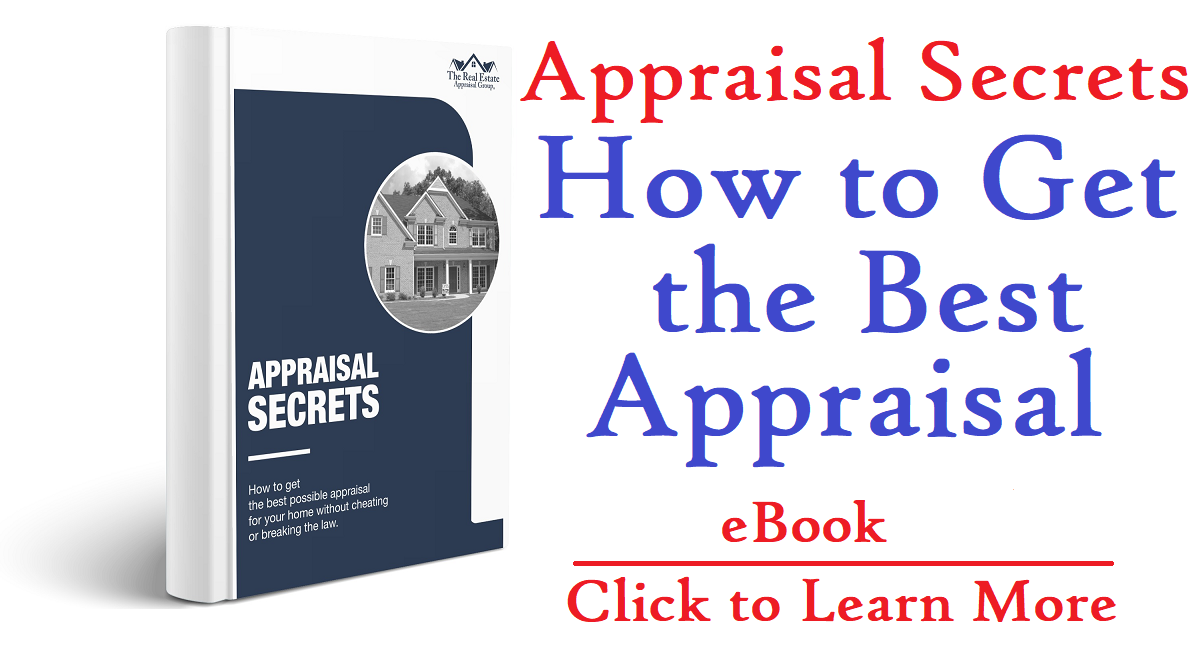What’s the real difference between leasehold, leased fee, and fee simple?
https://www.youtube.com/watch?v=UY13t0QHcac&feature=youtu.be
Fee Simple
Fee simple is the form property ownership people are most familiar with. The term means you have absolute ownership- you own the rights to the entire property, including the land and buildings on it. This is often called “The bundle of rights.” You can occupy the property, you could rent out a room, you could paint it purple. And provided your local laws allow it; you can re-zone it, you can sub-divide it, add square footage, tear it down, whatever you want. It’s your property.
Leased Fee & Leasehold
When there is a lease involved, the landlord has leased fee ownership, and the tenant has leasehold rights. When a property owner wants to lease out a portion of their property, usually they do so because they want to make money. They want to collect a fee. They want to collect that fee from someone who wants to occupy their property- that person want’s to hold the rights to live there, or to occupy the property. If you get in an argument with your landlord (who has leased fee ownership) and he or she tells you to pack your things and leave, you don’t have to. Assuming the lease says so, you have the rights to occupy the property (why would you sign a lease that says otherwise?), meaning your landlord would have to formerly evict you.
Leasehold rights are less significant when we are discussing renting a room or house. Typically they are more important when you are talking about owning a property where you own the building but you do not own the land. This is commonly seen on large farms where there are often 100 year leases. It is also quite common in some cities, like Baltimore, MD. where the property owners are paying a monthly fee to lease the land that their home sits on.
I hope this brings some clarity to these often misunderstood terms. If you do have more questions, please leave a comment below and I will be sure to answer them.
 Jonathan Montgomery is the founder and president of the The Real Estate Appraisal Group, and has been a real estate professional since 1998. He has been a broker, an investor, and currently works full-time as an appraiser. He enjoys appraising real estate in Washington D.C., Southern Maryland, and Northern Virginia.
Jonathan Montgomery is the founder and president of the The Real Estate Appraisal Group, and has been a real estate professional since 1998. He has been a broker, an investor, and currently works full-time as an appraiser. He enjoys appraising real estate in Washington D.C., Southern Maryland, and Northern Virginia.
#treagroup #realestate



Nice simple description of the three forms of real estate ownership rights. The problem in real estate appraisal comes in when the leased fee value is significantly different than the fee simple value. This happens when you have long-term leases that do not reflect market rent.
I really appreciate your definitions. Wow, it made a world of difference. I’m from Maryland myself but getting my real estate license in Florida. Thank you again!- Cristina
I hope this forum is still open, what does it mean for 10% simple and 90% leashold? The lease is up in 2043 so what does that mean if I buy something as an investment property now? Thanks,
Marcia,
If you own the property and you have leased out all or a portion of it, then you have “leased fee” ownership rights. Once the lease expires, then it reverts back to “fee simple” ownership rights.
If you are a tenant to a property, then you have “ leasehold” ownership rights.
I hope this helps, but if you need more explanation, then feel free to call me at 301-442-0788.
If we have title work showing Fee Simple ownership yet it is an income producing duplex so based on the video it would be classified as a Leased Fee property. However in this situation, our appraiser indicated the Property Rights as Leasehold. Is that correct?